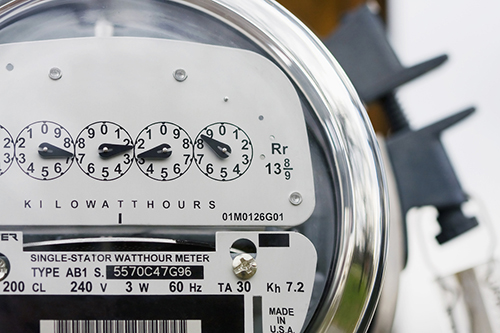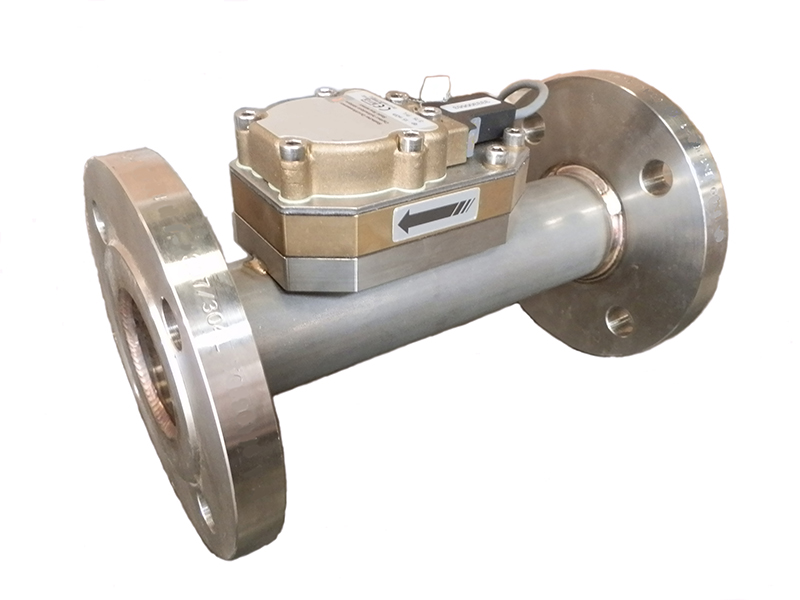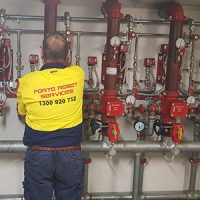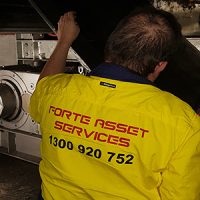Why Maintain Your Fire Extinguishers?
Why Maintain Your Fire Extinguishers? Fire Extinguishers are often the first line of defence in an event. They are portable, light…

On-site power metering, strategically implemented, serves to improve the management of energy throughout the facility. Metering individual switchboards that serve Air conditioning (HVAC), distribution switchboards, Light and power, lighting only, and so forth provides clarity into the effectiveness of the energy conservation strategies which have been put in place.
Power meters can be installed to monitor specific items of equipment or specific rooms, such as security or data/server rooms. These rooms might be within a tenant lease or part of base building obligations. Both situations are covered under NABERS and understanding the energy use of both situations is conducive to power and resource management that is, reducing costs.

Commercial building energy management
On-site Generation, CO Generation, Subtenant use, non-utility Meters, and many others are covered in the NABERS, Energy & Water for Offices(version 2.0), for example, Rule 6.2.8 talks about Car parks, and offers an exclusion based on criteria and metering;. the understanding of the Rule is to exclude what isn’t a part of the building in question, but if it is not metered it can’t be “seen” by your system or your NABERS Assessor, Hence the un-metered “zone” may have a negative impact upon your Nabers rating.
The energy carried by the fluid can be logged via such meters called Fluid Energy Meters, the use an onboard High-Level interface for the calculation an integer for the value of energy consumed based upon Volume of water, and the temperature difference between entering and leaving a zone.
Often used in common main air conditioning plant applications, such as a common chilled water system, condenser water system, and heating hot water systems.
The facility may have multiple users of the same water system. All users are connected to the system which is common to chillers, cooling towers or boilers, and to treat these tenants with fairness the actual energy they use is considered as per the value derived from the Fluid energy meter.
This value is more likely the truth as opposed to some calculation derived upon square meters of floor space, or a number of people/bedrooms or even windows.

Fluid Energy Meter: measure the energy lost in delivering services such as chilled water, condenser water, and heating hot water
Natural Gas, Coal, Oil Diesel (for generators) and many others may be used on your site, by measuring it’s consumption accurately you may benefit your NABERS rating, and just as importantly you’ll be able to see where the resources are being consumed with the facility.
Gas Meter vendors also provide a pulse output or a High-Level Interface via Bacnet, Lon or Modbus to the BMS or Energy Management System (EMS).
Gas Metering is typical via a pulse input to a controller, a given number of pulses provides a given volume of Gas. This data assists the NABERS assessment and provides constructive information building managers to implement energy conservation strategies.
Why Maintain Your Fire Extinguishers? Fire Extinguishers are often the first line of defence in an event. They are portable, light…

Operations Strategy in Commercial Buildings One Operations Strategy in Commercial Buildings that will make your day better in Facility Management This…
A Fire & HVAC Maintenance Short Cut to Avoid An uncomfortable conversation. A little bit about us We look after buildings,…

Building Recommissioning Improving Building Overall Performance.When do we need to perform building recommissioning?What will it achieve?What is the cost?How thorough should…

Negating the “Management by Crisis” Scenario! Mitagating Reactive Management with Technology, that is, Intelligent Buildings. Typically, Management by Crisis or Reactive…

Do you keep an Asset Register Database for your building? Creating and Maintaining an Asset register is not always on the…